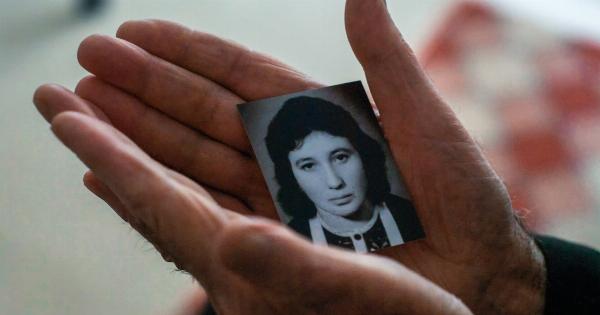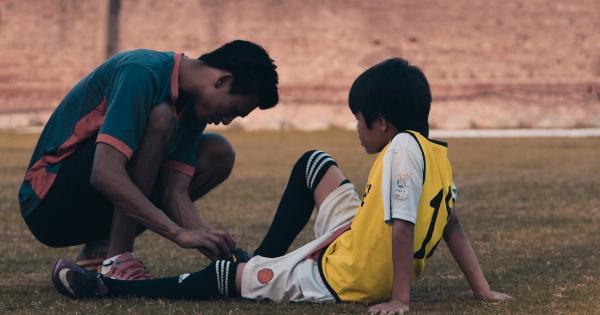Broken bones are not only painful, but they can also have long-term consequences for your health. One significant risk factor for broken bones is weight. In this article, we will explore the relationship between weight and the risk of broken bones.
What causes broken bones?
Broken bones, also known as fractures, can be caused by a variety of factors. Some of the most common causes of broken bones include:.
- Accidents and falls
- Sports injuries
- Osteoporosis
- Cancer
- Repetitive stress injuries
Regardless of the cause, broken bones can be a major health issue, particularly for older adults.
How does weight affect the risk of broken bones?
One significant risk factor for broken bones is body weight. People who are overweight or obese are at a higher risk of breaking bones than those who are at a healthy weight.
There are a few reasons why weight can impact the risk of broken bones:.
: Increase in force
When a person falls or experiences an impact, their weight determines how much force is exerted on their bones. This force can be dangerous, and the greater the force, the more likely a bone is to break.
People who are overweight or obese have more weight to distribute, meaning that when they experience a fall or an impact, their bones are subjected to greater force. This can increase the risk of a fracture.
: Impact on bone density
Weight can also impact bone density, which is the amount of calcium and other minerals in bones. People who are overweight or obese may have lower bone density than those who are at a healthy weight.
This can make their bones weaker and more susceptible to fractures.
: Higher incidence of other health conditions
Obese individuals are at a higher risk of developing chronic health conditions such as diabetes, heart disease, and arthritis. These conditions can all impact bone health and increase the risk of fractures.
Which bones are most at risk?
Some bones are more likely to break than others, regardless of a person’s weight. Some of the most commonly broken bones include:.
- Wrist fractures
- Ankle fractures
- Hip fractures
- Vertebral fractures
While people of all ages can potentially break any of these bones, older adults are particularly at risk for hip and vertebral fractures.
Preventing broken bones when overweight or obese
While being overweight or obese can increase the risk of breaking a bone, there are steps that people can take to reduce this risk. Here are some tips:.
: Eat a healthy diet
Eating a balanced and nutritious diet can help maintain bone density and overall health. Incorporate plenty of calcium and vitamin D-rich foods to maintain strong bones.
: Exercise
Regular exercise can also help prevent fractures by strengthening bones and improving balance. Low-impact activities such as swimming, cycling, and yoga can be excellent choices for people who are overweight or obese.
: Manage other health conditions
As noted earlier, other health conditions can impact bone health and increase the risk of fractures. It is essential to manage any chronic health conditions effectively to prevent further health complications.
: Consult with a doctor
If you are overweight or obese and concerned about your risk of fractures, it is essential to speak with a healthcare provider. They can offer personalized advice and help identify any underlying health concerns that may be impacting bone health.
Conclusion
Weight can impact the risk of broken bones in several ways, with overweight and obese individuals at a higher risk of fractures.
By maintaining a healthy weight, eating a nutritious diet, exercising regularly, and managing chronic health conditions, people can take steps to reduce their risk of fractures and maintain strong and healthy bones.






























